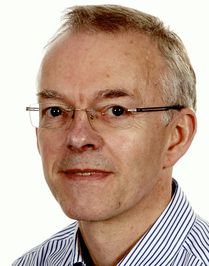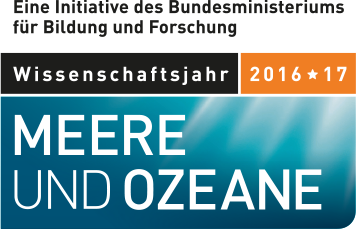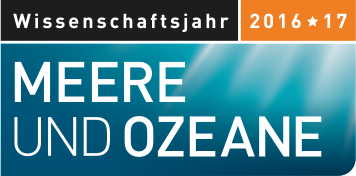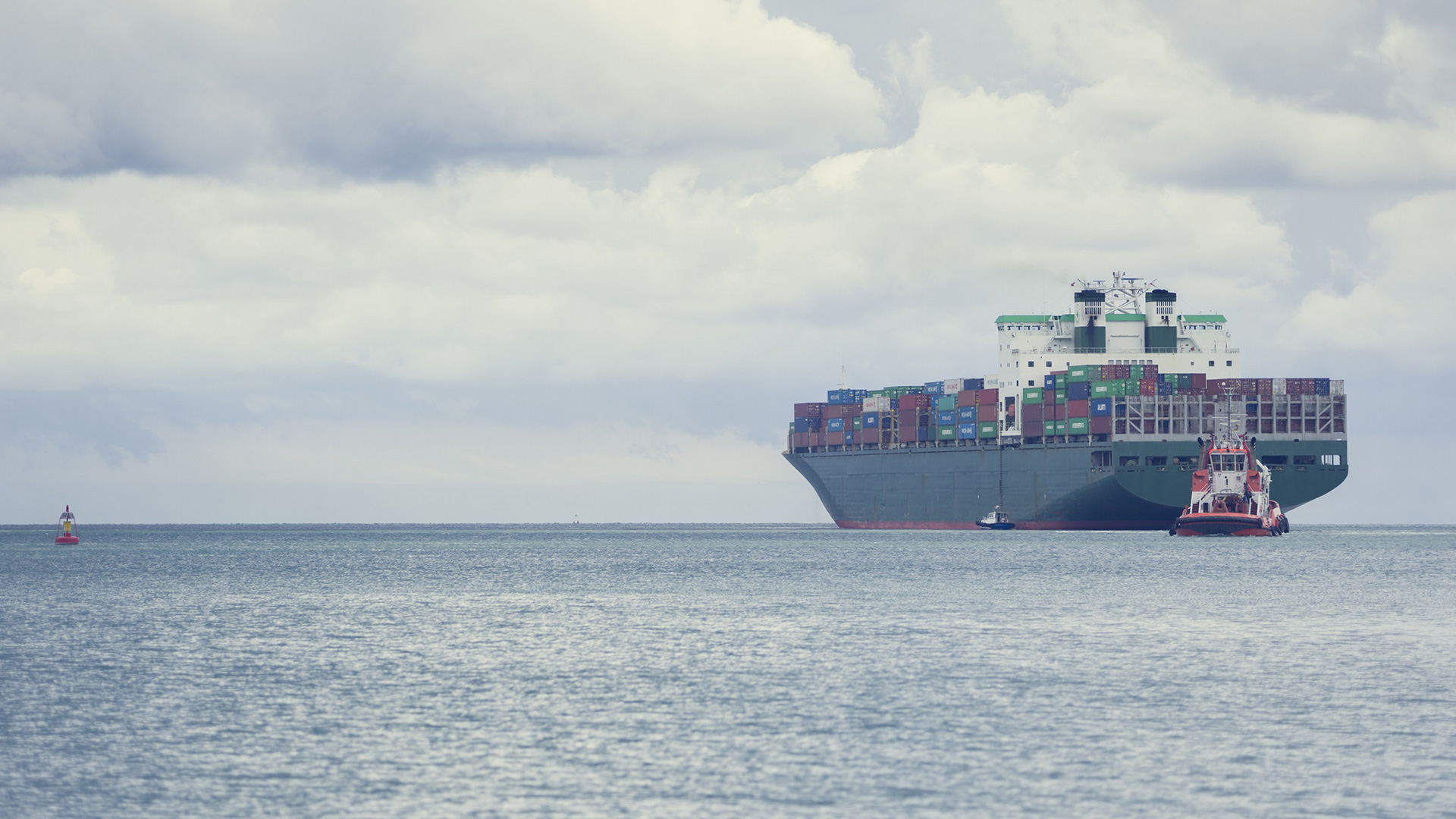Underwater agents
When geochemists want to prove the presence of trace elements in the sea, they usually take samples and analyse them in the laboratory. Until now, carrying out analysis underwater, i.e. "in situ", has been a challenging task. As Professor Connelly explains: "For a long time, in-situ sensors had to be constructed individually at high cost and were as big as buckets and consumed large amounts of chemicals." Connelly had an important part to play in the fact that there are now chemical underwater sensors the size of coffee cups which are almost ready to be launched on the market. He contributed to miniaturizing and automating measuring methods to the extent that underwater robots could soon be able to test for substances at the point where they occur. Some of the sensors use sophisticated microtechnologies, while others use optical measuring methods.

Professor Douglas Connelly is a geochemist at the National Oceanography Centre in Southampton who travels the world's oceans in order to investigate the composition of hot and cold fluid vents on the sea floor. He is also driving forward the development of chemical sensors for use underwater. As head of the EU-funded STEMM-CCS project, Professor Connelly is currently coordinating several expeditions by British and German research ships in the North Sea.
Sensors of this kind are to be used, for example, in a work package of the STEMM-CCS project of which Professor Connelly is the Coordinator. The project team intends to release small amounts of the greenhouse gas carbon dioxide a few metres under the sea floor in a controlled experiment in the North Sea approximately 120 km north-west of Aberdeen in 2019 in order to test the monitoring technology. The researchers involved in the project are currently developing an automatic monitoring system that will be able to detect leakages, localize the leakage points and ascertain carbon dioxide amounts.
The overall project aims to develop guidelines for carbon capture and storage (CCS) technology. This involves storing carbon dioxide in deep geological strata. CCS could help limit the rise in temperature caused by climate change. Exhausted gas fields, such as those off the coast of Scotland, are considered to be the best storage sites for the future. Professor Connelly explains: "It's a very ambitious project – both a logistical and technological challenge." In addition to the CO2 experiment, seismic, geological and biological studies are all part of the work programme. Before the first CO2 is released, the researchers will determine the environmental baseline state in the test location over a period of two years. This will enable them to identify the subsequent chemical reactions which the CO2 may trigger at the sea floor.
Connelly works particularly closely with Eric Achterberg of the GEOMAR ocean research centre in Kiel. "We, too, are looking into chemical sensors, so our research questions complement each other," Achterberg says. "Most of the technological development takes place in Southampton. What we do is test the sensors in practice, for example in the Baltic Sea, and then we improve them."
The two have just met in London to submit a proposal for a new EU project. The project this time concerns chemical sensors in fresh water.
Further information:


